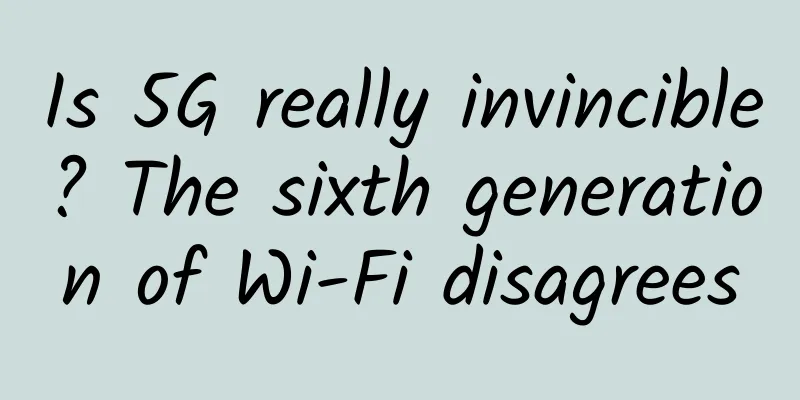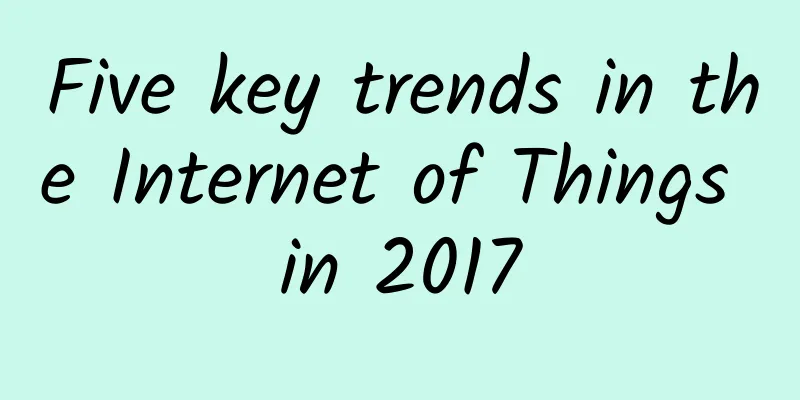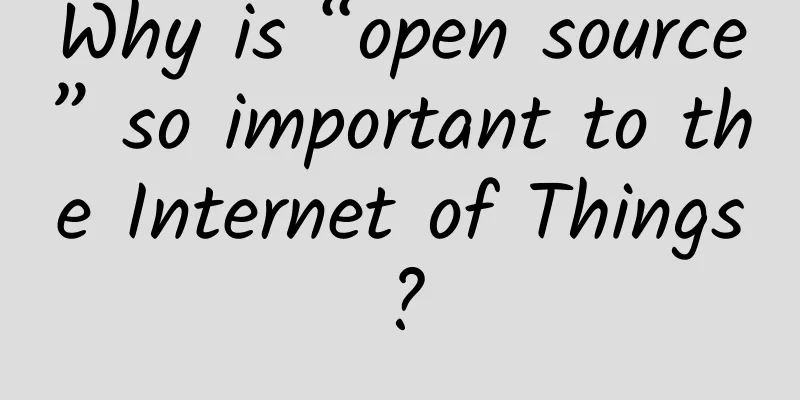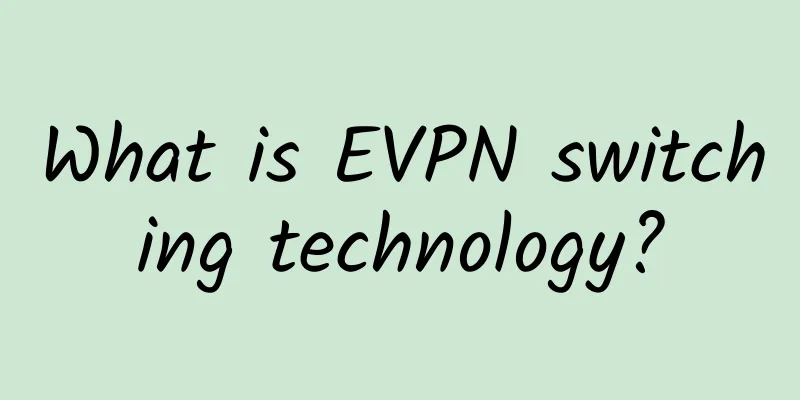90% of operators are concerned about 5G base station energy consumption

|
According to a report from Lightreading, an operator executive recently said that the energy consumption of 5G base stations is three times that of 4G base stations, which will lead to an exponential increase in operating expenses. Perhaps this executive intended to urge equipment manufacturers to further reduce base station energy consumption. According to research firm EJL Wireless Research, the increase in energy consumption of 5G base stations is partly due to the introduction of Massive MIMO technology. 4G base stations mainly use 4T4R MIMO technology, while 5G base stations will use 64T64R MIMO, which will increase the total power consumption of base stations. To this end, some operators have to make a trade-off between new technologies and energy consumption, and even downgrade to introduce Massive MIMO technology. For example, Korean operators use 32T32R MIMO to deploy 5G. Recently, a survey result from 451 research showed that more than 90% of operators believe that the 5G era will bring higher energy consumption costs and are very interested in energy-saving technologies. 451 Research predicts that by 2026, 5G could increase network energy consumption by 150% to 170%, with the largest increases coming from macro base stations and data centers. Base station energy consumption used to be a little secret in the industry, but now as 5G enters the early stages of deployment, it has been brought to the table. What challenges does 5G energy consumption face? How to deal with them? 1. Challenges 1. Energy efficiency cannot keep up with bit growth What is energy efficiency? It is the ratio between the power consumption of the equipment and the output flow rate. With the advancement of technology, network energy efficiency is constantly improving. According to the "Ericsson 2015 Mobility Report", network data traffic in the 4G era has increased 13 times, but the overall network energy consumption has only increased by 40%. Unfortunately, the growth rate of bits is faster than the improvement of energy efficiency, resulting in an increase in total power consumption. According to statistics, by the end of 2018, the world's 6 billion mobile broadband users consumed 27EB of data traffic per month, and it is estimated that by 2024, they will consume 130EB of data traffic per month. In order to cope with the tsunami of data traffic, the network must introduce more spectrum resources, more base stations, and more advanced Massive MIMO technology to increase network capacity, but this will inevitably consume more electricity and increase OPEX expenditures. 2. Expensive electricity bills According to statistics, electricity expenses account for 15%-30% of operators' operating expenses. In mobile communication networks, 80% of electricity expenses come from widely distributed base stations. Nowadays, traffic charges are becoming cheaper, but energy costs such as electricity are getting higher and higher. At the same time, thanks to Moore's Law, energy efficiency has increased 100 times every decade in the past few decades, but this rate is slowing down. Faced with the ever-increasing traffic demand in the future, operators will inevitably pay more and more attention to electricity expenses. 3. Huge waste of energy In our mobile network, 30% of base stations carry 80% of network traffic, and the remaining 70% of base stations only carry 20% of network traffic. However, these 70% of "idle base stations" still consume a lot of electricity. For example, they have to continuously transmit system broadcast signals even when they are idle. In addition to uneven traffic distribution across geographical locations, the same is true at different times of the day. During busy hours, the network is very congested, while during idle hours (such as late at night), network traffic is extremely low, thereby reducing the overall energy efficiency of the network. In addition, 2/3/4/5G systems coexist, and old equipment and old technologies have high energy consumption, which will also reduce the overall energy efficiency of the network. II. Response 1. Small cells Since the wireless signal beam diverges during propagation, the signal energy will decay rapidly. This attenuation is related to the propagation distance. The longer the propagation distance, the greater the attenuation. Therefore, for traditional macro base stations, which cover 1 kilometer, their total power consumption mainly comes from transmission power consumption such as power amplifiers. As for small base stations, the transmission power is low (about 10 times lower than that of macro base stations), the coverage area is small, the transmission power consumption is greatly reduced, and they are mostly distributed in areas with concentrated data traffic. Therefore, small base stations have lower energy consumption per bit. In the future 5G era, small base stations will be introduced in large numbers, which will help improve the overall energy efficiency of 5G networks. However, as mentioned earlier, due to the surge in traffic in the 5G era, small base stations are becoming more and more dense, and the overall energy consumption of the network is bound to increase. 2. Massive MIMO Massive MIMO uses beamforming technology to concentrate signal energy, improve coverage and capacity, which will greatly improve energy radiation efficiency and reduce base station transmission power consumption. Although the total power consumption of Massive MIMO antennas is currently higher than that of 4G, if running at full capacity, the average energy consumption per bit is much lower than that of the 4G era. 3. Intelligent energy management In order to solve the problem of low overall network energy efficiency caused by uneven traffic distribution, in the past we saved energy by shutting down some power amplifiers, MIMO channels, carriers, etc. when the cell load was low. However, if we rely on manual judgment and operation, not only will the workload be huge, but we will also worry about the impact on the business. In the 5G+AI era, the network requires intelligent, system-level energy consumption management technology. It uses machine learning algorithms to train historical data, find out patterns and models, make real-time business predictions for cells, and then automatically shut down or open carriers, Massive MIMO amplifiers, RF channels, etc. according to the load status of the cell. At the same time, it monitors network performance indicators in real time to ensure automated energy consumption management without affecting network performance. In addition, chip performance improvements, more advanced heat dissipation technology, and software/virtualization-based network upgrades will also help networks improve energy efficiency. In short, facing the massive traffic demand in the future era of intelligent interconnection of all things, 5G needs to further significantly reduce the average energy consumption per bit. In the past, some equipment manufacturers were relocated because their base stations consumed too much power. I believe that in the 5G era, the energy-saving technologies provided by major equipment manufacturers will also become a key competitive advantage. |
<<: Network | Where is the United States in its race to seize the 5G market?
Recommend
PacificRack VPS is 50% off for a limited time, 8 cores, 16G memory, 61 IPs for only $50
PacificRack is now offering a promotion for Multi...
In the global 5G competition, who will be the ultimate beneficiary?
Leifeng.com: To understand cellular technology, y...
[6.18] UFOVPS 20% off, top up 200 yuan and get 10 yuan, US CN2/Japan CN2 GIA/Hong Kong CN2 GIA optional
UFOVPS launched this year's 618 discount prom...
Expectations for Network as a Service (NaaS) Technology
Network as a Service (NaaS) technology provides n...
In the 5G era, indoor experience quality is as important as outdoor
In previous generations of mobile networks, outdo...
Oh my god, you don’t even know how to use API Gateway!
[Original article from 51CTO.com] From the evolut...
More secure: Windows 10 will block installation of uncertified drivers
With the October 2020 Patch Tuesday cumulative up...
Can video ringtones become a phenomenal application in the 5G era?
The latest data: The number of video ringtone use...
Three years after the license was issued, has 5G commercialization been successful?
It coincides with the third anniversary of China...
The long-awaited 5G messaging trial will be launched in late October or early November
"China Unicom and China Telecom are working ...
How people cope with self-managed data centers
Self-managing data centers, sometimes called self...
Four major issues and three major directions: these are what you should know about 5G pre-commercial use!
At the MWC that just ended last week, 5G can be s...
Japan's largest operator stops NB-IoT services, a new round of industry "reshuffle" is coming, who will be next?
On March 30, NTT DoCoMo, Japan's largest tele...
BuyVM: 1Gbps unlimited traffic KVM starts at as low as $2/month, 256GB disk starts at only $1.25/month
BuyVM is a foreign hosting company founded in 201...









